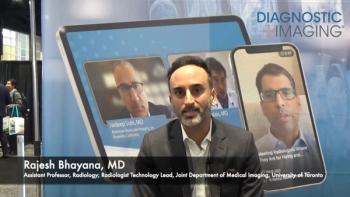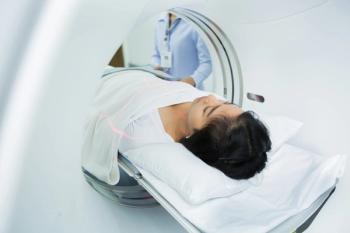
Alternative PACS architecture improves fault tolerance
PACS architectures come in two flavors only: centralized with a central cache and controller, or distributed with a distributed cache and central controller. Each has its advantages, but it is their inherent disadvantages that have prompted a proposal
PACS architectures come in two flavors only: centralized with a central cache and controller, or distributed with a distributed cache and central controller.
Each has its advantages, but it is their inherent disadvantages that have prompted a proposal for a third PACS architecture: distributed cache with no controller at all.
The third approach has been proposed by two researchers at the University of California, San Francisco (Tellis W, Andriole K. Finding the optimal PACS architecture: a comparison of three PACS designs. J Digit Imaging 2001;14[2Suppl 1]:72-76). It is more fault tolerant and, as a result, provides increased uptime.
The key is to replace image access through a central controller with access through intermediate servers. This also improves the scalability of the system while reducing central processing unit and network loads, according to Wyatt Tellis, a researcher in biological and medical informatics at UCSF.
Two advantages of a fully centralized architecture are the elimination of image routing and the reduction of unnecessary duplication of image data. Both reduce the overall load on the PACS network, Tellis said. A centralized architecture reduces the complexity of design by removing the need to track the location of images across multiple locations.
Two disadvantages of the centralized design are potential spikes in network traffic caused by the simultaneous recall of images from multiple display stations and the addition of another central point of failure, the image cache.
With a distributed cache design, the loss of one cache location does not completely halt the flow of image traffic, since redundant copies of images are usually stored in multiple locations.
"With a fully distributed system, we attempt to combine the advantages of the two other architectures as well as eliminate the central point of failure common to both systems, the PACS controller," Tellis said. "By employing a hybrid image distribution system, which uses cacheless display stations pulling from localized image servers, we reduce overall network load by only routing to select image servers. We smooth out spikes in network traffic by having display stations pull images from a subset of image servers instead of a single, central location."
Newsletter
Stay at the forefront of radiology with the Diagnostic Imaging newsletter, delivering the latest news, clinical insights, and imaging advancements for today’s radiologists.




























